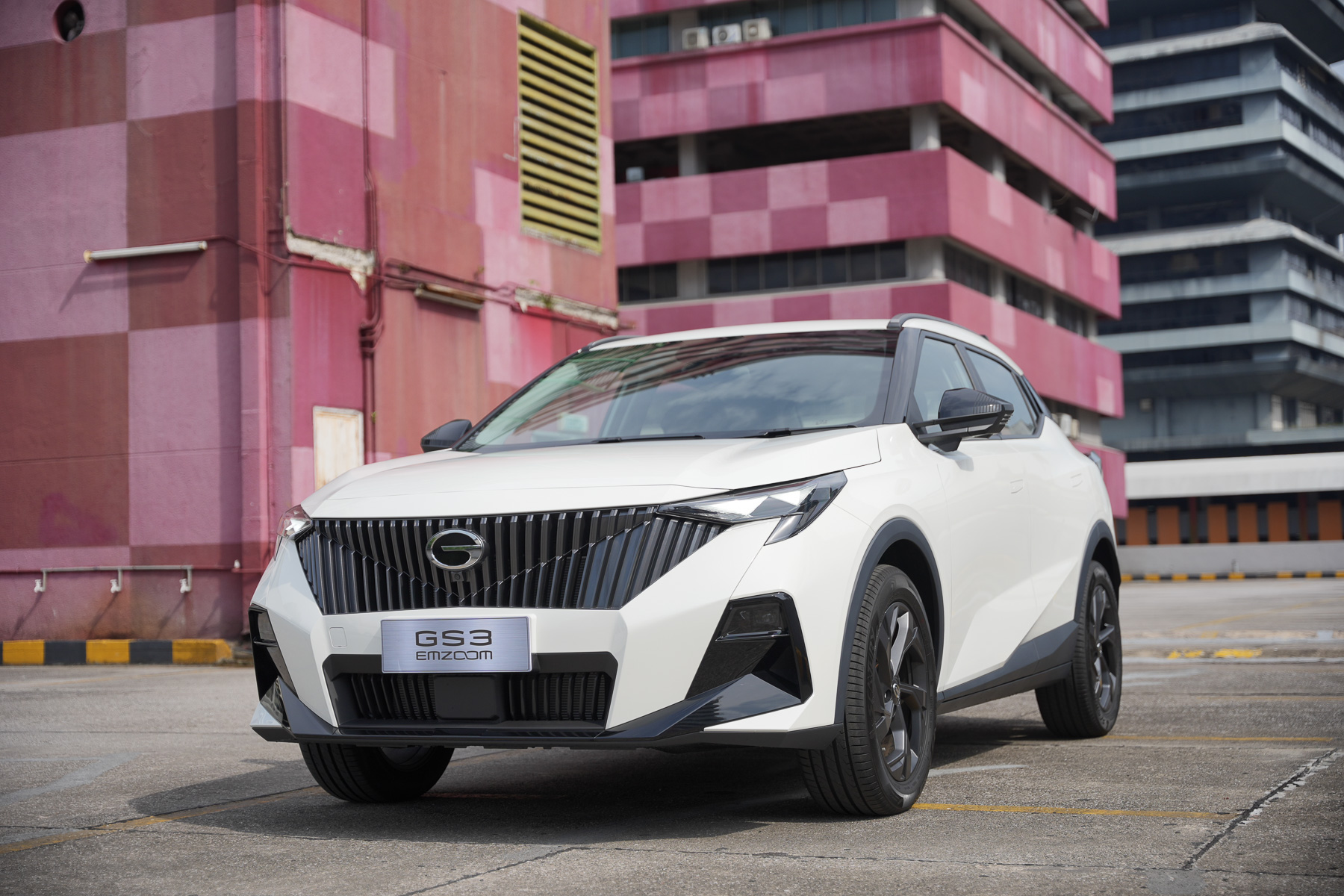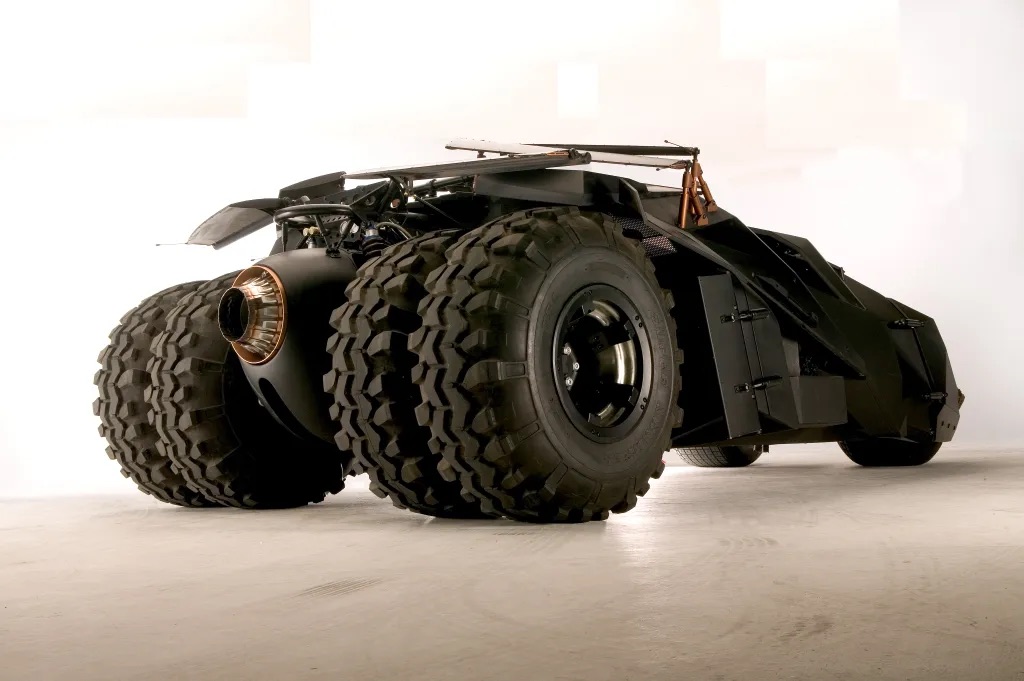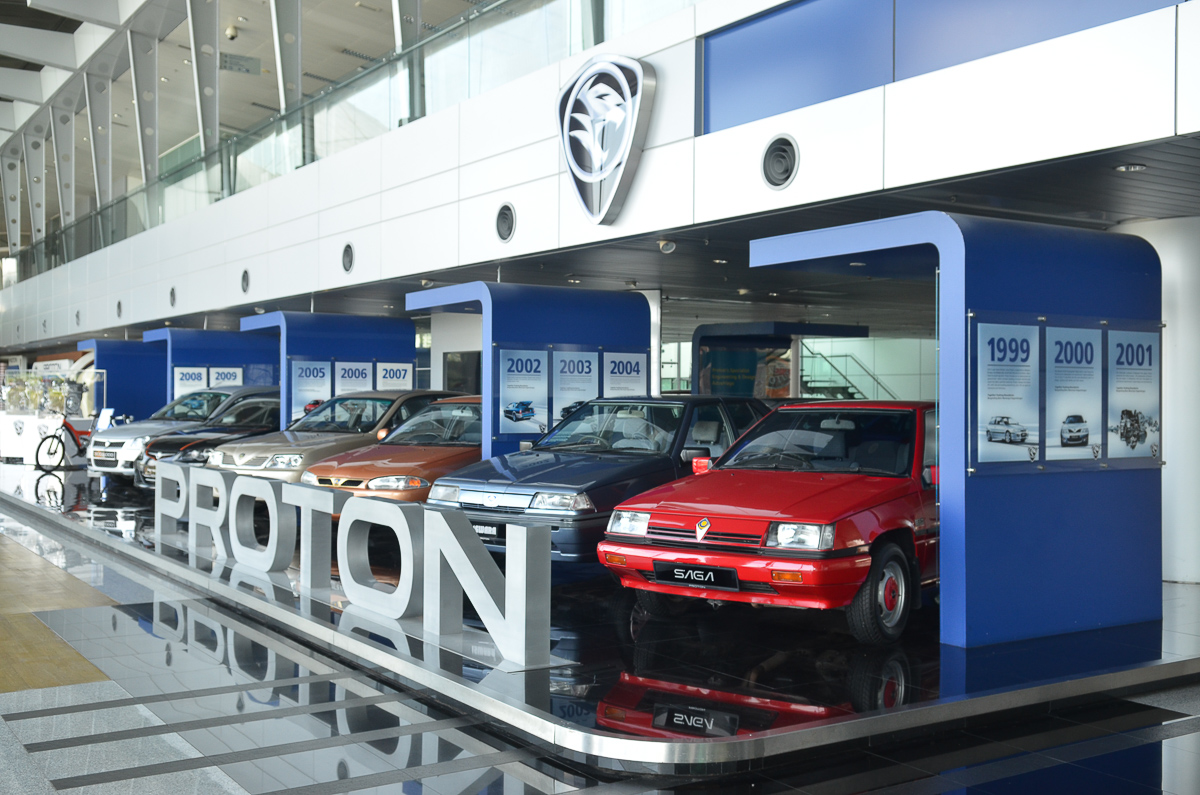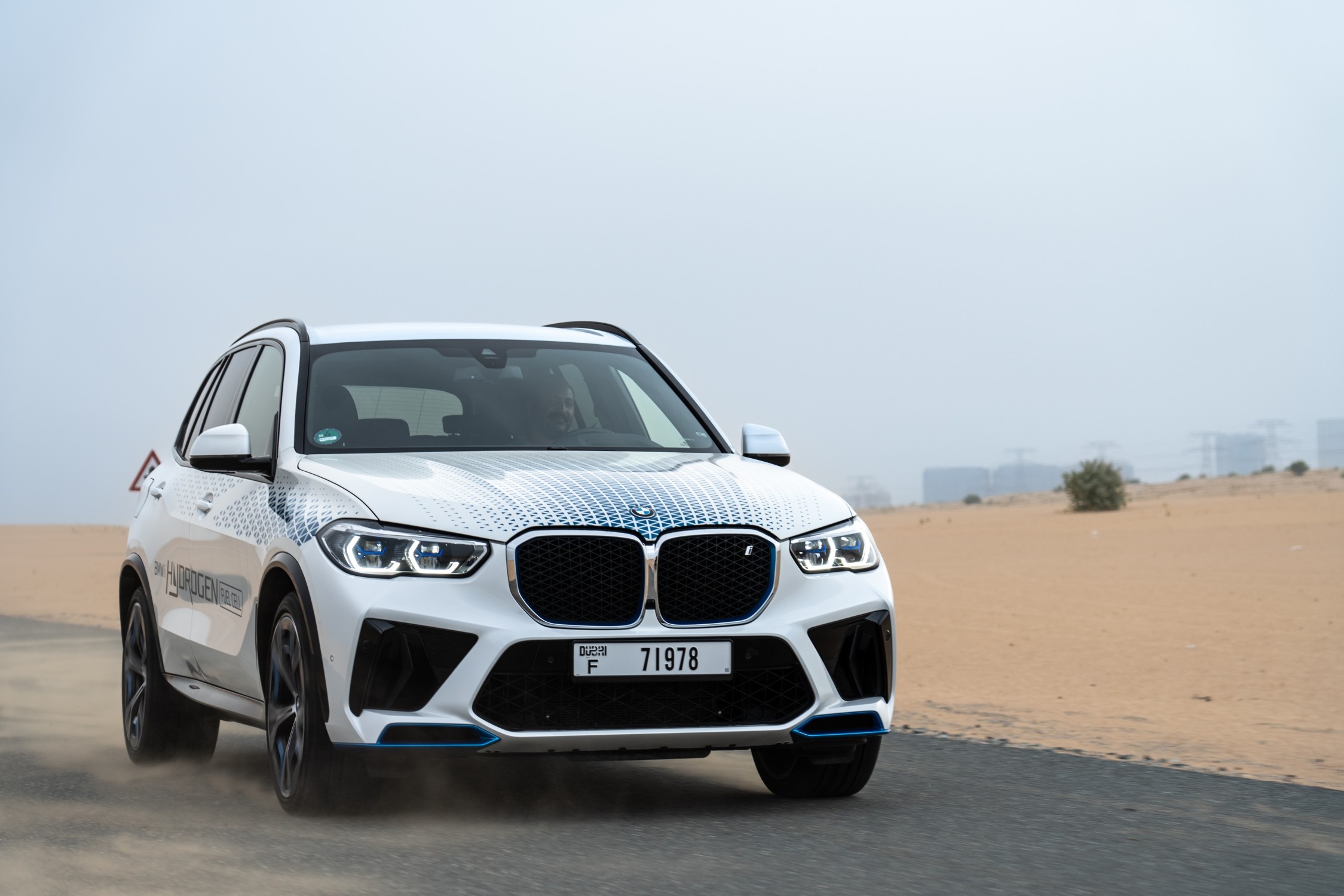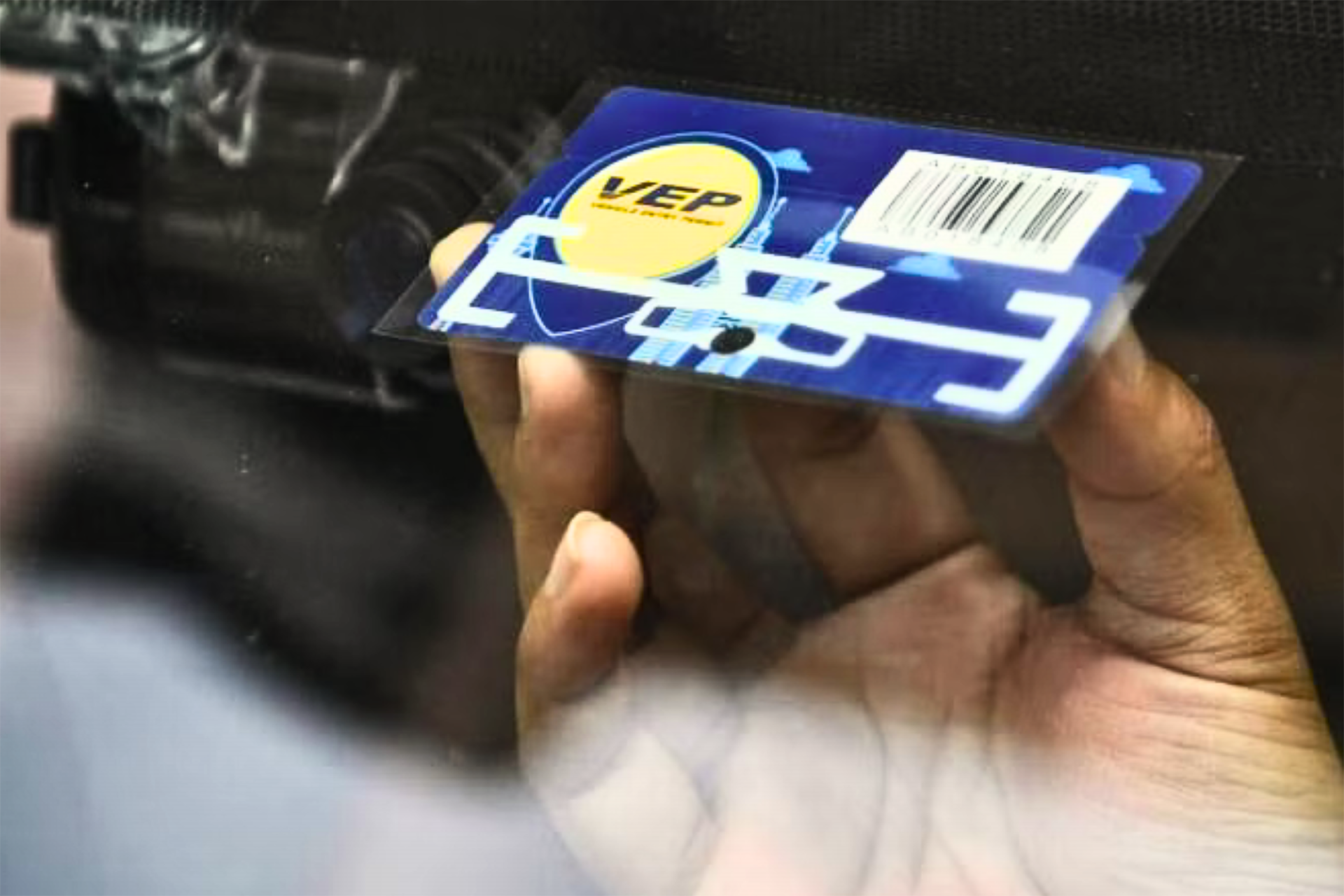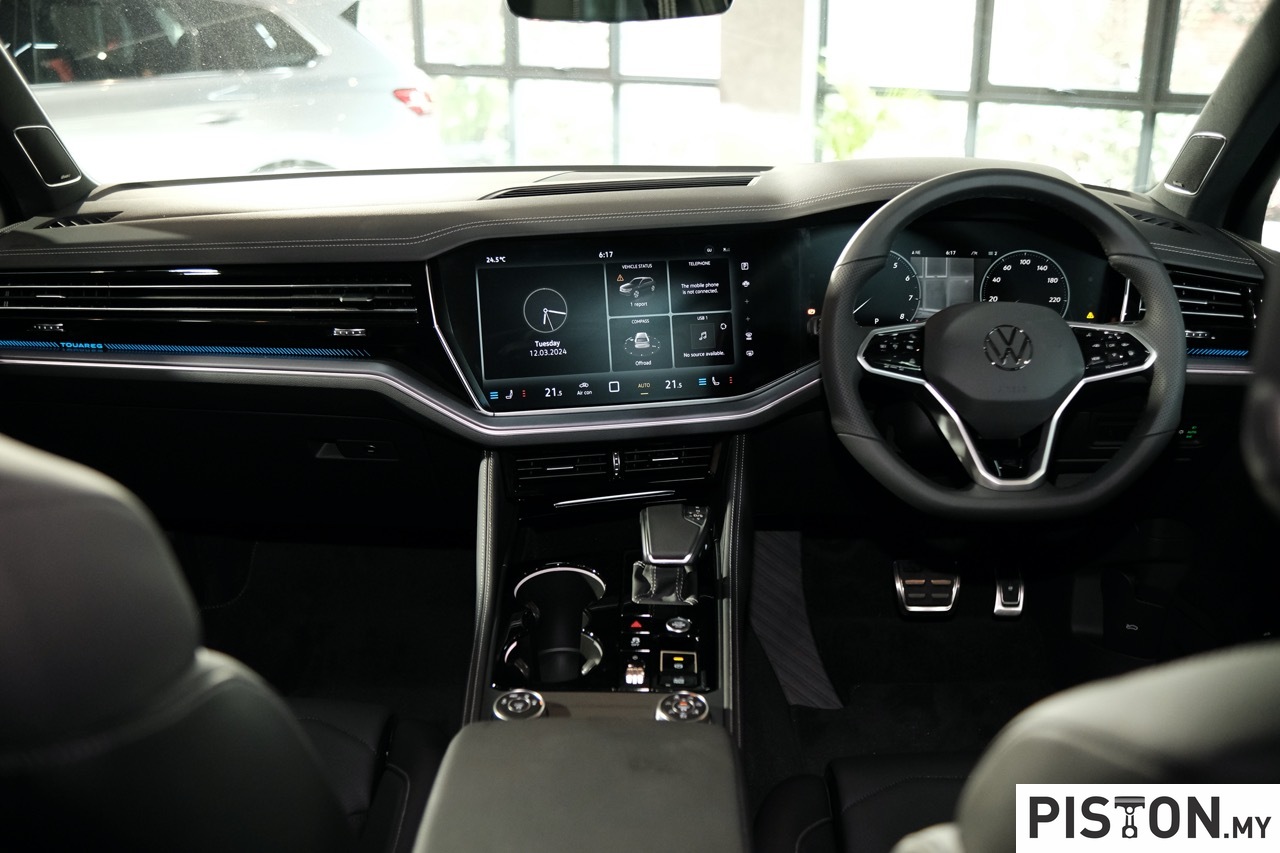No, your eyes don’t deceive you; there really is a Third National Car on the way! MIGHT or the Malaysian Industry-Government for High-Technology held a press conference recently and here’s the video on it…
With ambitious plans to have a ‘prototype’ vehicle (note we didn’t say “car”) by early 2019, and a vehicle on the road by 2020 (note we still haven’t said car) MIGHT seems confident that this endeavour, funded entirely (or almost entirely) by the private sector and not the taxpayers, will have ‘semi-autonomous’ driving capabilities and packed with the latest cutting-edge automotive components, and built using “Disruptive Technology*” (*see below gallery). While domestic sales are a given, exports to neighbouring countries are a key area that MIGHT be looked into. See what I did there?
So why haven’t we said “car” despite it being in the title and project name? That’s because despite the plans to have a prototype unveiled in the next 6-months or so (if ‘early 2019’ is anything to go by; we’ll peg it as the first quarter), there’s still no decision if the vehicle will be a passenger sedan, hatchback, SUV, MPV or truck. Neither was any indication given to a choice of powertrain, i.e ICE, Hybrid, Diesel, PHEV, electric, etc.
A quick glance at MIGHT’s website didn’t do much to alleviate any of the confusion or questions. No decision yet on body-style, no decision yet on powertrain, and yet a working prototype will be ready in “early 2019”, with an actual vehicle ready for sale to the masses by 2020. This we gotta see…
Our friends at Behind the Wheel summed it up best “Basically they’re counting on the use of disruptive technology* (see below gallery for definition) in place of conventional vehicle development and production methods to hit all the ambitious targets set here, much like (what) Elon Musk achieved with Tesla; However, someone neglected to inform them that there’s only one real-life Tony Stark and Musk has already filled the opening”. Touche fellas.
What is Disruptive Technology?
A disruptive technology is one that displaces an established technology and shakes up the industry or a ground-breaking product that creates a completely new industry. Harvard Business School professor Clayton M. Christensen coined the term disruptive technology. In his 1997 best-selling book, “The Innovator’s Dilemma,” Christensen separates new technology into two categories: sustaining and disruptive. Sustaining technology relies on incremental improvements to an already established technology. Disruptive technology lacks refinement, often has performance problems because it is new, appeals to a limited audience and may not yet have a proven practical application. (Source: Whatis.TechTarget.com)


























